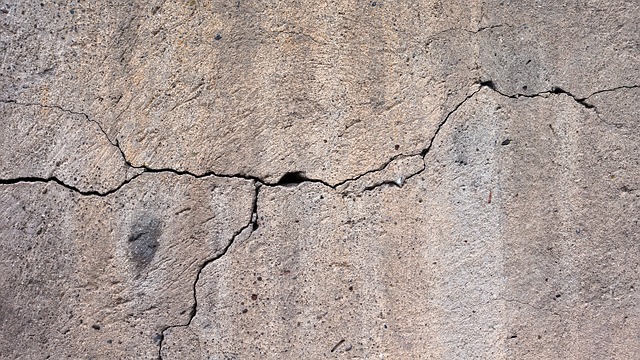
What Causes Concrete to Crack?
Posted By:Dynamic Concrete Pumping , Date: May 22, 2019

Concrete is a miraculous substance. Extremely hard and durable, it is an ideal material for construction, whether you are building the foundation of an apartment building or an outdoor pool. One drawback of concrete is that it has a tendency to crack. But why does concrete crack — and what can you do about it?
There are actually several common causes of concrete cracking. Here is a list of some of the basic types of concrete cracks, what causes concrete to crack in these ways, and what you can do about it.
contact us for concrete pouring services
Types and Causes of Concrete Cracks
- Shrinkage: The most common type of cracking in concrete, especially early on, is shrinkage. Concrete is a mix of cement and water. As the concrete hardens, which is caused by the cement and water forming bonds, some of that water escapes through evaporation. This reduces the size of the concrete slab, and since concrete is a very hard, tightly bound substance, this loss of material creates stress. This stress can lead to cracks in the concrete. Tips on how to avoid shrinkage cracks in concrete include reducing the amount of water in your concrete mix and cutting control joints in the slab so that if it does crack, it cracks along predetermined lines that do not significantly affect the integrity of the concrete.
- Re-Entrant Corner Cracks: Re-entrant corner cracks are a special kind of shrinkage that occurs when concrete is poured around a column with corners. They can also happen when the concrete is poured around a rounded object, like a manhole. When shrinkage takes place, the concrete cannot shrink evenly around the object. Instead, long cracks can result, radiating from said object. Properly cut control joints are the generally accepted method for warding off this issue.
- Expansion Cracks: In hot weather, bonds within the concrete can weaken and the concrete can expand, creating stress. If the concrete does not have room to expand, it will crack. You can prevent this by adding an expansion joint made of a compressible material, like tar-impregnated cellulose fiber, to allow some “give” in the concrete.
- Heaving Cracks: In very cold weather, the freeze and thaw cycle may cause the concrete to lift and heave, resulting in cracks. Avoid this by paving over soil that drains away moisture and will “give” with the slab, rather than tightly packed, unyielding soil, and by not pouring too close to large tree roots.
- Settlement Cracks: These usually occur if the concrete has been poured over ground that is not well-suited to hold it. Examples include soil where a nearby tree has just been removed and the roots are decomposing, or where a utility trench has been refilled but not properly compacted.
- Excessive Weight Cracks: Concrete, like anything else, has load limits, although they can be very high. If the weight you put on concrete exceeds this limit, expect cracks to form. This is rarely a problem in residential situations, but if you are working with very heavy equipment or other items, you may wish to verify that your concrete can bear it.
For more valuable tips on pouring concrete effectively, contact Dynamic Concrete Pumping today.

